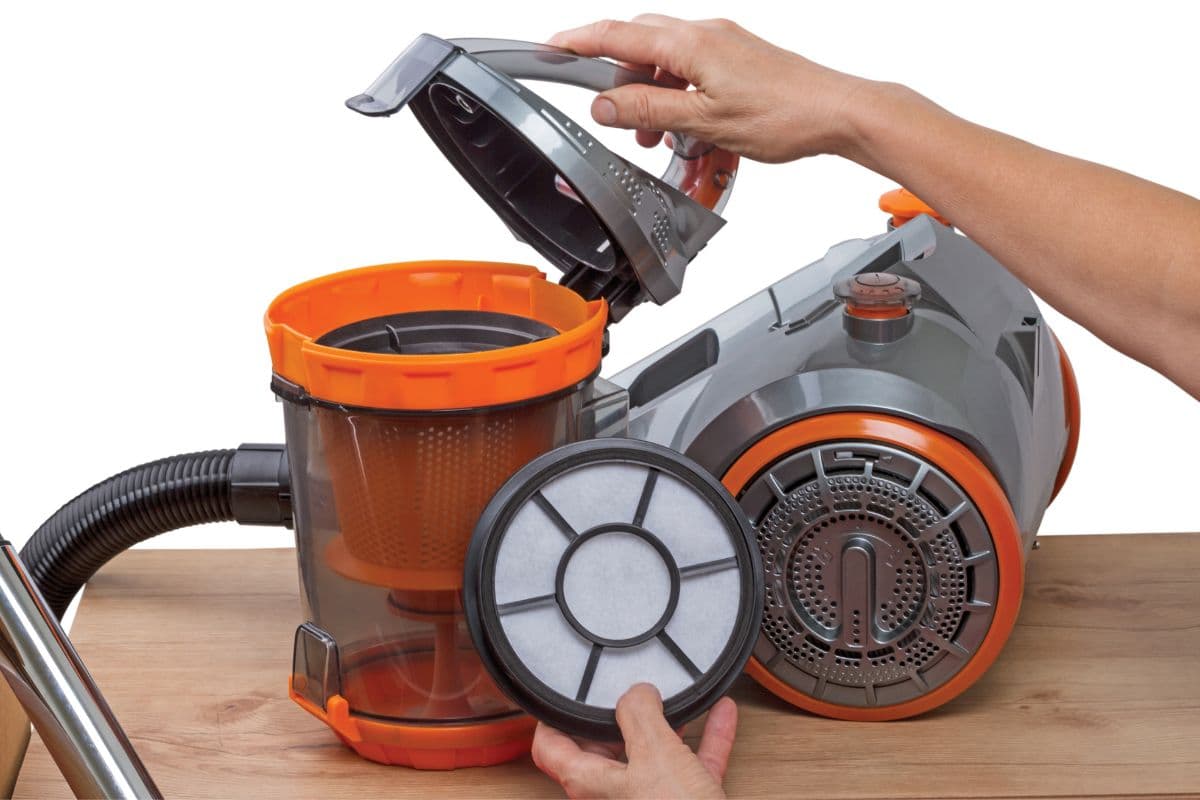Bleach is an extremely common household cleaner used for everything from disinfecting and cleaning bathrooms to washing clothes and soaking stains. It can be found in almost every home, and many people use it regularly. However, it is crucial to remember that bleach is a strong chemical, and even though it can be beneficial, it should always be treated with care.
You can clean with bleach without gloves, but it’s not recommended as the substance contains chemicals that can cause injuries like burns to the skin, resulting in symptoms like pain and blisters. Instantly wash skin exposed to bleach and seek medical attention for irritation that persists.
It’s always best to use protective equipment when using chemicals like bleach. This article will explain why you should wear gloves when cleaning with bleach, what to do if it gets on your skin, and the symptoms of bleach poisoning.
Can You Clean With Bleach Without Gloves?
Bleach is an effective stain remover and disinfectant, but it can burn your skin if it comes in contact with it. It is an oxidizer, meaning it can remove germs from surfaces by creating a chemical reaction that kills them. When bleach is used, chlorine mixes with water to create hypochlorous acid, which kills germs by destroying their cell walls.
It’s highly recommended to always use gloves to protect your skin while using bleach products.
If you use it frequently in certain areas, such as showers and kitchen surfaces, ensure you thoroughly rinse and dry the cleaned surfaces before touching and using them, as explained in my article, “Can I Take a Bath or Shower After Cleaning it With Bleach?”
What Happens if You Get Bleach on Your Hands?
When cleaning with bleach, it is essential to use protective gloves to avoid skin contact. If you choose not to wear gloves, take caution. Skin reactions are common when exposed to the chemical compounds of bleach and bleach cleaners.
Bleach chemicals can cause severe burns, discoloring, and even blisters on the skin. If it does come into contact with your skin, the first thing you should do is flush the area with water. Try applying vinegar to neutralize the chemical after flushing.
You should seek immediate medical attention if the area becomes swollen or red and if symptoms persist for a few hours after exposure.
Bleach Ingredients Can Cause Chemical Burn on Skin
You’ll find bleach at the grocery store in various forms, including liquid chlorine bleach, concentrated bleach, and powdered bleach.
Before using any type of bleach, read the label to ensure you’re using the right product for the job. The label should tell you how much chlorine is in the product and how much water it will dissolve in—it’s important to remember that not all bleach is created equal.
The main ingredient in liquid chlorine bleach is hypochlorous acid (HClO), which, when dissolved in water, forms a very dilute solution of hypochlorous acid and creates a corrosive liquid that can burn skin on contact.
Additionally, if you’re allergic to chlorine, you may want to steer clear of bleach or wear gloves that extend over your elbows.
Is Bleach Toxic to Humans?
Bleach is a highly toxic substance due to the corrosive chemical compound it’s made of and can be harmful if it comes into contact with your skin or eyes. If you get bleach on your skin, wash it off immediately and seek medical attention if the symptoms persist.

Bleach is a strong chemical that can cause severe injuries or even death when ingested or absorbed through the skin. The fumes from bleach can also cause health problems. This is why you should not only wear gloves but a mask and eyewear as well.
You should seek medical attention if skin reactions persist for more than three hours.
Why Bleach Is Toxic
Bleach is toxic because it contains sodium hypochlorite and hypochlorous acid, both of which are corrosive chemicals that react with other chemicals and materials to produce toxic gases such as chlorine gas. So, using the proper safety precautions is highly recommended.
If someone comes into contact with bleach on their skin or clothing, they may experience skin irritation or burns. This is because bleach can easily penetrate clothing and damage the skin on contact. If you suspect someone has come into contact with bleach on their skin or clothing, you should immediately rinse them off with water.
For clothing that has been exposed to bleach, remove it and soak it in cold water for at least 15-20 minutes before washing it with soap or detergent.
How Quickly Does Bleach Poisoning Set In?
Bleach poisoning and allergic reactions can set in within minutes of exposure. Bleach and chlorine toxicity can come from the liquid seeping into your skin and bloodstream. Symptoms of skin reactions may include discoloring of the skin, irritation or rash, and severe “chemical burn.”
Symptoms of Bleach Poisoning on Skin
Bleach is an acidic substance that can cause chemical burns. It should never be handled without gloves or other protective covering on your hands. Even a small amount of bleach can burn the skin on contact.
Symptoms of bleach poisoning on the skin can happen within minutes of contact, and you should look for the following:
- Discoloration or chalky white top skin.
- Burning sensation on the area that came into contact with bleach.
- Mild or severe itching of the area exposed.
- Redness or rash-like appearance of the affected area.
- Blistering in the area of exposure.
If reactions persist for longer than a few hours, it’s recommended to seek medical treatment to prevent further injury.
If bleach exposure causes the following symptoms, you should go to your local emergency room as soon as possible:
- Dizziness
- Fainting
- Nausea
- Pale complexion
Does Bleach Turn Skin White?
Bleach can turn your skin white, appearing chalky-like, because it damages the skin cells. This is known as “chemical burn,” and is why it’s highly recommended to use gloves with bleach. Bleach chemicals can also make skin appear lighter due to the reaction with melanin in the skin.
Final Thoughts
Bleach is one of the most popular chemicals for cleaning and disinfecting surfaces. And while you can use bleach without wearing gloves, it’s not recommended due to the irritation the chemicals cause after coming into contact with the skin.
Immediately wash areas exposed to bleach with water.





